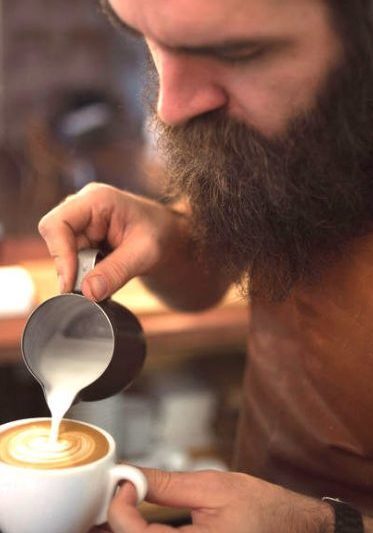As a customer experience designer, I can’t believe I am asking this question but here goes…Can you ever enrich a customer experience too much?
That question, in my world, is tantamount to asking Bill Gates if he could ever have too much money or a New York Yankee fan if the Bronx Bombers could ever have too many World Series wins. But I found myself asking that very question – Can you ever enrich a customer experience too much? – after I ran across an article about the IKEA store in Beijing.
In the event, you are not aware of IKEA, they are best described as a modern-style home furnishing store that pioneered a concept called “flat pack” design which is an affordable product offering that typically requires customer assembly.
This Swedish based company innovated many customer experience design elements in their often warehouse like stores. These innovations included a one-way traffic flow that requires customers to wend through what is called the “long natural way” requiring customers to see veritably every inch of IKEA’s merchandise. There are many other experience enhancers like an “as is” bargain center, extensive use of natural lighting and skylights, a cafeteria serving Swedish fare and culturally relevant food at very economical prices along with free beverage refills. Also many stores have a “Smaland” play area for children 3-10. With that overview of the IKEA experience, let’s jump ahead to the article that bothered me enough to ask the question – Can you ever enrich a customer experience too much?
The Los Angeles Times article written by David Pierson was entitled “A Beijing theme park with futons.” In it, Mr. Pierson tells of a Saturday adventure for Zhang Xin, his wife, and mother. That adventure in Beiing had IKEA as the destination. David writes, “Riding an escalator past a man lying on a display bed with a book opened on his belly, the clan sauntered into the crush of visitors squeezing onto the showroom path, bumping elbows and nicking ankles with their yellow shopper trolleys. Zhang said the family needed a respite from the smog and a reliable lunch. ‘We just came here for the fun. I guess I could have gone somewhere else but it wouldn’t have been the complete experience.’” David goes on to note that a decade after IKEA first came to Beijing, “every weekend thousands of looky-loos poor into the massive showroom to use the display. Some hop into bed, slide under the covers and sneak a nap. Others bring cameras and pose with the décor. Families while away the afternoon in the store for no other reason than to enjoy the air conditioning. Visitors can’t seem to resist novelties Americans take for granted , such as free soda refills and ample seating.”
Worse yet carpenters literally come into IKEA with measuring tapes, so that they can build similar style furniture and sell it for cheaper prices than IKEA can – given IKEA’s overhead. Many store shoppers admit that they buy those cheaper items outside of the IKEA store. All of this led me to ask the question I never thought I could ask, Can you ever enrich a customer experience too much? Is the brand awareness and traffic IKEA receives a good enough reason to continue the in-store experience exactly as it is or should IKEA impose policies like “no sleeping on the beds”, “no refills” or “no loitering?” To make this questions more difficult to answer, one need only go to customer He Peng’s blog site where he posts pictures of himself in the Beijing store surrounded by IKEA products (photo.blog.sina.com.cn/biohazardhp) under those pictures of Mr Peng in IKEA the caption reads “I don’t need to buy them because I have pictures.”
Maybe I am reaching here but I can’t bring myself to answer my question by saying that the Beijing IKEA experience is a matter of ”too much” enrichment but I do see it as a matter a misguided experience. Rather than being a buying experience it has become a hospitality experience. I think that if the current traffic patterns interfere with sales, the Beijing in-store experience could be recreated to help buyers purchase products and make the overall environment experience less amenable to becoming a day-long amusement trip.
All of this could be achieved, not by signs saying “stay off the furniture” but by redesigning the store so that recreation is less possible. Then again if business happens to be booming at IKEA why fix an odd experience that leads to success.
This IKEA example caused me to ask you to look at your experiential offering. Is what your customer experiencing consistent with the objectives of what your business wants them to experience? Or, did you build a store and instead deliver a theme park with futons?

Joseph A. Michelli, Ph.D. is a professional speaker and chief experience officer at The Michelli Experience. A New York Times #1 bestselling author, Dr. Michelli and his team consult with some of the world’s best customer experience companies.
Follow on Twitter: @josephmichelli



